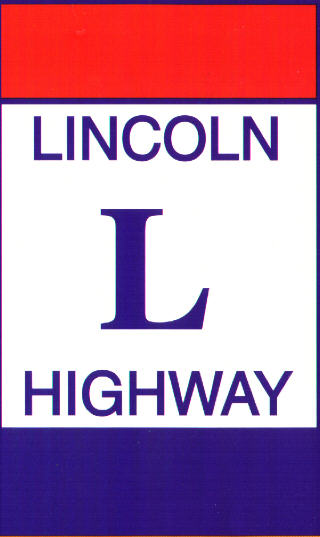 A solo trans-Atlantic flight to Paris is the signature event in the iconic life of Charles Lindbergh, but it was, perhaps, not the most challenging or arduous. A visit to his boyhood home on the bank of the Mississippi River in Little Falls, Minnesota, revealed that in 1916, a 14-year-old Lindbergh spent 40 days on the “road” from Minnesota to California in a Saxon Light Six with his mother, his uncle, and Wahgoosh, his fox terrier. The car, now restored, still resides in its garage at the Minnesota Historical Society site.
A solo trans-Atlantic flight to Paris is the signature event in the iconic life of Charles Lindbergh, but it was, perhaps, not the most challenging or arduous. A visit to his boyhood home on the bank of the Mississippi River in Little Falls, Minnesota, revealed that in 1916, a 14-year-old Lindbergh spent 40 days on the “road” from Minnesota to California in a Saxon Light Six with his mother, his uncle, and Wahgoosh, his fox terrier. The car, now restored, still resides in its garage at the Minnesota Historical Society site.
My visit came on the last leg of a 16-day, 5,400-mile motorcycle trip to Seattle and back, mostly on the US highway system, which was created in 1926, a year before Lindbergh’s flight to Paris. President Dwight Eisenhower signed the National System of Interstate and Defense Highway System into being in 1956, in part because he was one of 37 officers and 285 enlisted men who manned 81 Army vehicles in the First Transcontinental Motor Train that took three months to cover the distance between Washington, DC, and San Francisco in 1919.
In his Autobiography of Values, Lindbergh says little about the adventure. “There were rainy days in Missouri when mud collected on the Saxon’s wheels until we could not move. Frozen ruts in New Mexico slowed us down to a speed of less than ten miles an hour, as did Arizona sand.”
 This was the era when paths that connected towns were marked with different color blazes painted on telegraph poles and fence posts. The prime transcontinental route was the Lincoln Highway, which stretched from New York City to San Francisco and was dedicated in 1913. I wonder, would parents today allow their 14-year-old to make Lindbergh’s trip?
This was the era when paths that connected towns were marked with different color blazes painted on telegraph poles and fence posts. The prime transcontinental route was the Lincoln Highway, which stretched from New York City to San Francisco and was dedicated in 1913. I wonder, would parents today allow their 14-year-old to make Lindbergh’s trip?
[Read more…] about Lindbergh’s Boyhood Adventures Led to Paris